Table of Contents Show
As the Disney Brothers Cartoon Studio first began business in 1923, the Disney franchise has grown to become one of the most well-known entertainment brands in the world. Their renowned reputation of bringing joy to children and adults alike has never failed to bring our imaginations alive. With movies and television shows to watch on Saturday mornings, the Walt Disney Production Company has created a world of fantasy and adventure we can all enjoy.
Furthermore, as Disney+ was launched in 2018, we were able to stream all of their extraordinary works from the past. Moreover, Disney+ also included a series of films from Disneynature, an independent film studio specializing in nature documentaries. With a total of 17 documentaries so far, the outstanding studios of Disneynature have caught countless special moments from nature and wildlife in action. The streaming service has provided a special “Earth Month Collection,” an exclusive bunch of documentaries to watch for Earth Month.
Dolphin Reef
Dolphin Reef was released in 2018 with the friendly and familiar voice of actress Natalie Portman. Dolphin Reef follows the tale of a multitude of sea creatures and the function of an underwater ecosystem. Most importantly, the storyline surrounds the youthfulness of a young dolphin named Echo, whose personality is often distracted with his own curiosity. His mother, Kumu, longs for his maturity and obedience. However, as the ocean never sleeps, we follow his adventure in exploring the deep blue sea. Within his adventures, he explores and interacts with other species, learning both the beauty and the dangers that lie within.
This documentary is greatly informative about the ocean’s ecosystem and the roles each species plays to maintain the order of this environment. A wide range of species are featured, such as turtles, whales, crabs, and several species of fish that are each highlighted for their line of work. Additionally, the array of colors shown in the film give a hypnotizing effect of tranquility and wonder. As the home of countless living creatures, the ocean acts as a kaleidoscope of bright colors in a world humans are unfamiliar with. In result, Dolphin Reef acts as a new viewpoint into the unknown.
Diving With Dolphins
Disneynature included an exclusive behind-the-scenes of Dolphin Reef through a separate documentary about the tricky process of filming underwater. Through this film, we watch filmmakers on their journey in creating Dolphin Reef, facing the difficulties in capturing the lively moments in the world of dolphins. Moreover, the narration brings the memories of famous ocean explorers, conservationists, scientists, and filmmakers Jacques Cousteau. As one of the two people to release the first French underwater documentary, Cousteau’s presence lives on in his daughter, Celine Cousteau, for this narration. Cinematographer Roger Horrocks is highlighted for his athleticism in filming the stealthy bottlenose dolphins. Working with Angela Ziltener, they were able to diligently film the particular location.
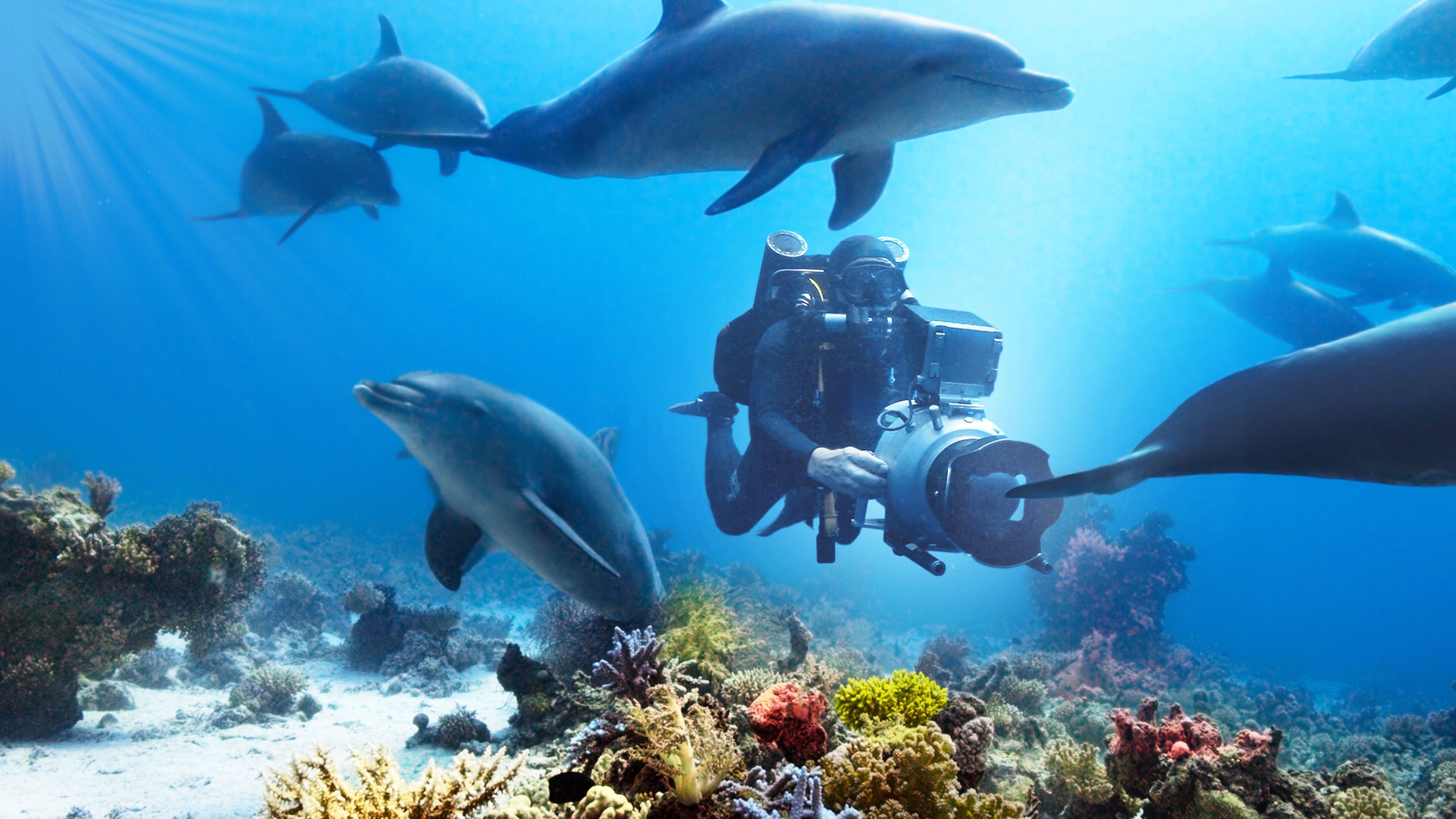
Ziltener’s experience is showcased in the film as she masterfully dived with the dolphins without disturbing their ecosystem. She states, “To understand the animals, you actually have to be one of them.” This personal interaction connected her to two hundred individual dolphins and their distinct personalities. The beautiful synergy with the dolphins and the divers is showcased in a series of shots on the ocean floor. Horrocks described this synergy as an opportunity, as the Red Sea dolphins were eager to be filmed. For this reason, both Horrocks and Ziltener were open to exploring the dolphin’s emotional, playful, and highly intelligent persona. The documentary shifts from this duo to another, as cinematographer Didier Noirot and scientist Joe Mobley, filmed the maternal instinct of humpback whales in Hawaii.
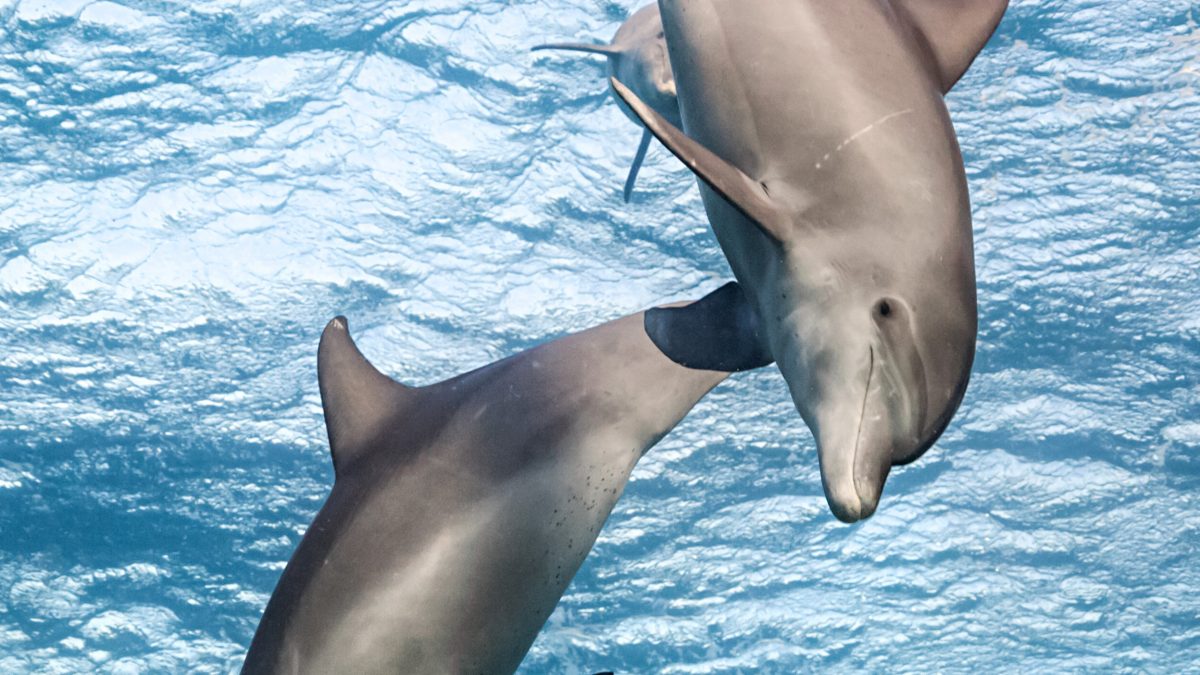
In this scenario, both Noriot and his crew set out to film the annual birth of humpback calves within Hawaii’s crystal-like waters. In his journey to film the underwater species, he emphasizes unpredictability and the difficulties in being respectful to the mother and calf. After many trials, he finds a duo that is comfortable with his presence and is successfully able to film. Cinematographer Doug Anderson additionally does his part in capturing the liveliness of the coral reefs. With a great amount of planning in the technical aspect, Anderson’s creativity is a perfect match in the delicacy needed to film the reef. The intense and astounding effect of color and beauty of this bustling habitat is magical. All three of these worlds collide in framing the relationships in the deep, blue sea.
Elephant
In contrast to the underwater world, Disneynature also released the documentary, Elephant. This documentary instantly brings a new aspect in including the narration of a recognizable voice, the voice of the Duchess of Sussex. Her voice guides the audience through an elephant migration to a grassy wonderland in Southern Africa, starring a mother and her son, Jomo. Jomo’s mother, Shani, and her sister, Gaia, lead their herd in this long, but necessary journey, whilst teaching Jomo the skills he’ll need as an adult. This documentary reflects many of the qualities that were briefly shown in the relationship between the humpback whale and her calf. Shani’s maternal instinct to protect and nurture Jomo is evident, reflecting Gaia’s leadership and protection over their herd.
Throughout the migration, Gaia, the proclaimed leader of the herd, guides the pack to find the resources needed along their journey, such as water and food. Her presence is significant as her sense of direction is needed in this yearly move. However, the film is not without an emotional aspect; the herd is violated multiple times by onlooking predators. Lion and crocodile attacks, places Jomo and his herd in danger, but the intimidation and counterattack made by Gaia ensures their safety. Followed by a remarkable display of Gaia’s role as a leader, her death in the end is emotional and bittersweet. Elephant brings the perfect example of the circle of life with Gaia’s honorable death and the birth of a calf afterwards the successful migration.
In The Footsteps Of Elephant
Similar to Diving With Dolphins, Disneynature gave another exclusive look at behind-the-scenes footage of filming Elephant. The trials of filming a sacred species in the Kalahari Desert stars wildlife filmmaker Mike Holding. Holding, with over two decades of experience, thoroughly planned and envisioned the movements of both the animal species and the habitual patterns before he began shooting his first scene. His first challenge would be to accurately choose his location and to focus on an elephant herd. His crew would have to make an enormous effort in planting themselves in the heart of the Okavango Delta while maintaining their equipment. From then on, the difficulties of filming elephant encounters would be the focus. The crew consisted of field guides, biologists, and cinematographers to complete this challenge.
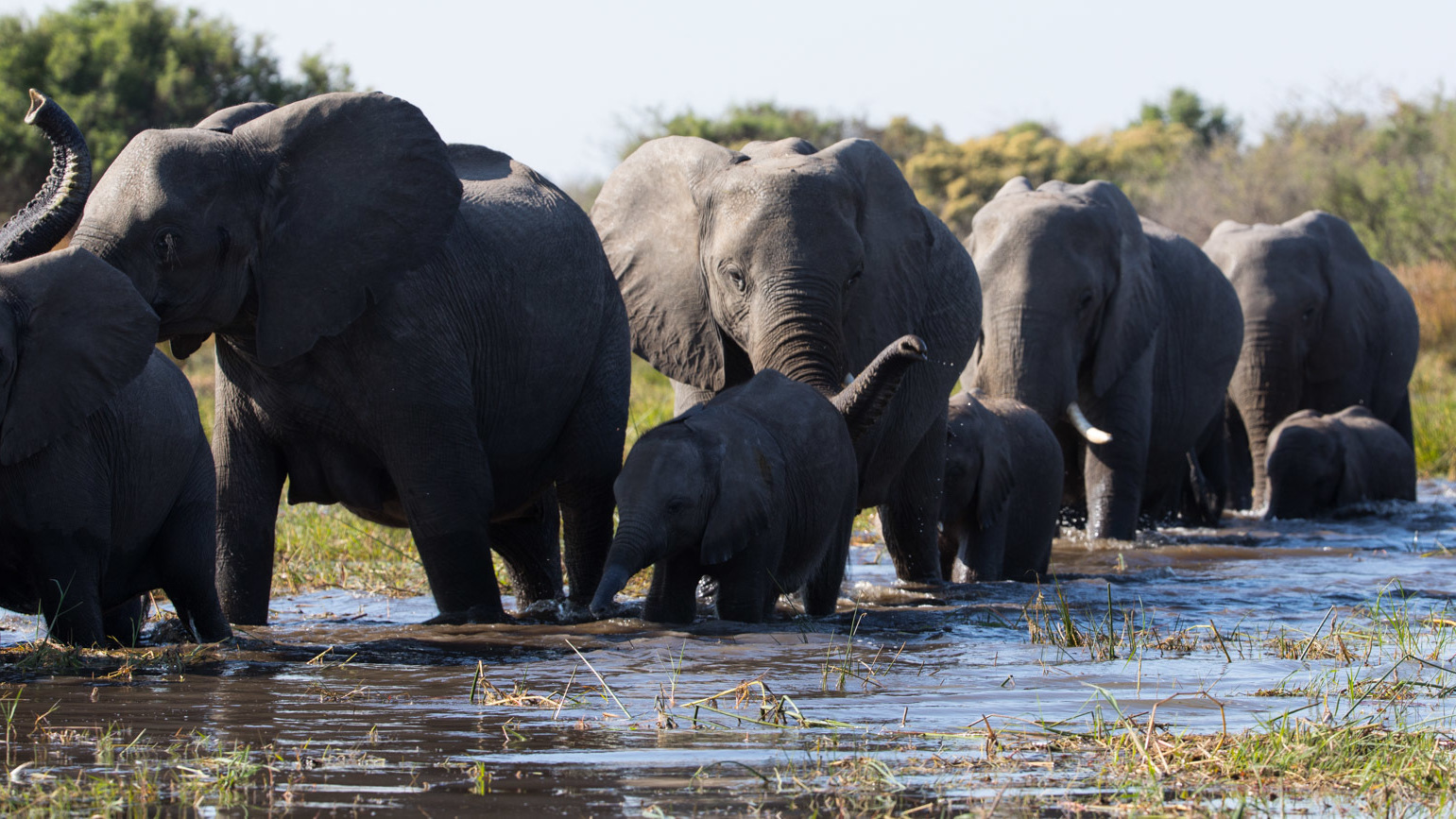
Biologist Mike Chase takes a significant role in locating the elephant herds. His work in tracking and protecting the elephant populations in Africa aided the crew’s task in following a specific herd to film. For this reason, the collaboration between Dr. Mike Chase and Mike Holding brings a fascinating close-up view to Botswana’s elephants in their migration outside of Botswana. However, to achieve this, the film crew must face the unforgiving terrain that fights against the measures of vehicle support. They must keep up with the migrating herd despite the technical challenges by using the shots from drones and helicopters for distances they cannot reach.
The producers were adamant about catching the view above the migration as well as below, which meant filming underwater. The film delivers this underwater splendor again with cinematographer Roger Horrocks. To capture this scene, Horrocks dives again, but into the murky habitat of rivers and pathways premade by elephants and hippos. In his interview, he describes the surreal visions of the plant life and the wild palettes of color that cannot be unseen from above. Naturally, risks follow Horrocks underwater as the fogginess of the sand and the shaded waters give an uncertainty of what lies ahead in the dark.
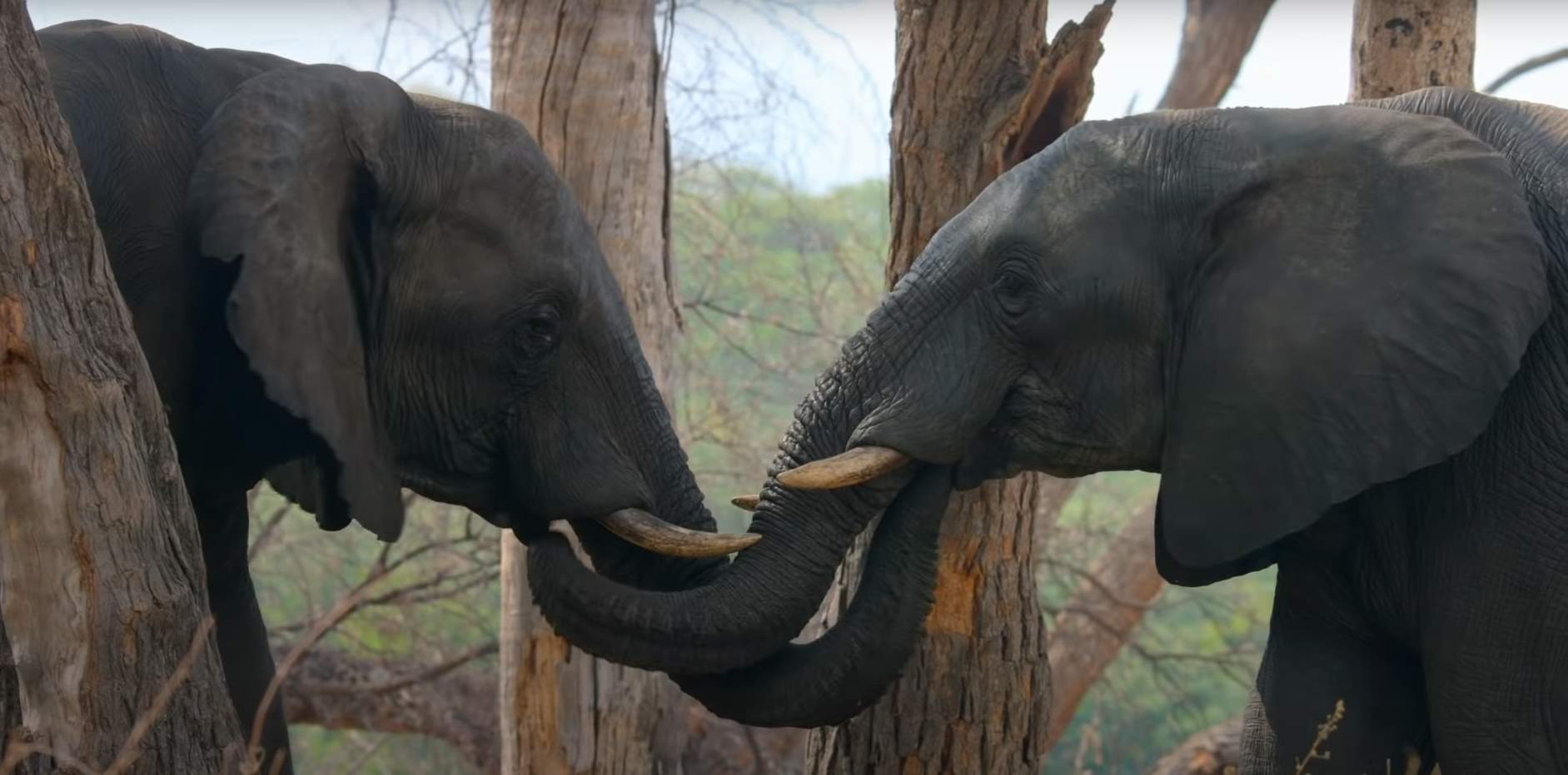
Crocodiles and hippos laid hidden in corners, prompting Horrocks to have a safety diver alongside him as he filmed. Throughout the process of creating this documentary, the crew falls in love with the playful and endearing elephants and complete a film that convinces the public to love them as well. Appreciation for the crew’s dedication, hard work, and love for the wildlife respected and admired in Elephant grows in In The Footsteps Of Elephant.
Penguins
Disneynature’s adoration for playful animals continues in the film, Penguins, which was released in 2019. The lovable Office actor, Ed Helms, fits well for the narration of this lighthearted documentary, which follows a lone penguin named Steve. Ed Helms’ first-person narration as Steve creates a persona of clumsiness and playfulness that is enjoyable and entertaining to watch. It provides a refreshing aspect of family fun, differing from other intense and intimidating nature documentaries. His silly character sticks out among the thousands of Adélie penguins. Although they are mostly identical, he manages to create a memorable impression.
Steve’s story takes its place in Antarctica as a sweet love story with his mate, Adeline, and their quest to build a family. From the start, the two feet Adélie penguin steals the spotlight and steals the hearts of the audience with his introduction scene of waddling and sliding. As Antarctica transitioned into spring, Steve faces his biggest challenge as a five year old: finding a mate. Annually, the male penguins migrate to the shores ahead of the females for mating season. As they pair off, Adélie penguins search for dry land to start their new family. Although his competition with the other male penguins is proven to be difficult, the moment Steve meets Adeline beats any rom-com. They portray the Adélie penguin’s romantic ritual in which they identify themselves as partners.
Furthermore, through building nests, raising children, and becoming suitable parents, Steve and Adeline face many coming-to-age difficulties. Steve naturally matured and accepted his responsibilities as an adult. As his young penguins become adults, Steve and Adeline learn that they must say goodbye, hoping for the best in their future. Ultimately, Steve and Adeline also depart after their first year of parenthood until their reunion on the same rock a year later. Although it is easy to underestimate Penguins as a silly movie, the documentary is pack-filled with plenty of endearing moments that resemble the intimate relationship of a family.
Penguins: Life On The Edge
As expected, directors Alastair Fothergill and Jeff Wilson brought us closer in this arctic habitat with the behind-the-scenes footage in the documentary, Penguins: Life On The Edge. This would mean facing the unendurable cold of the tundra and the extreme terrains. For this reason, Disneynature was in need of a qualified and capable crew willing to take on this peril project. This project began in the heart of the Adelie penguins’ home, Cape Crozier. Cape Crozier is an island located in the heart of Antarctica with a cold climate reaching nearly -18 degrees during the summer.
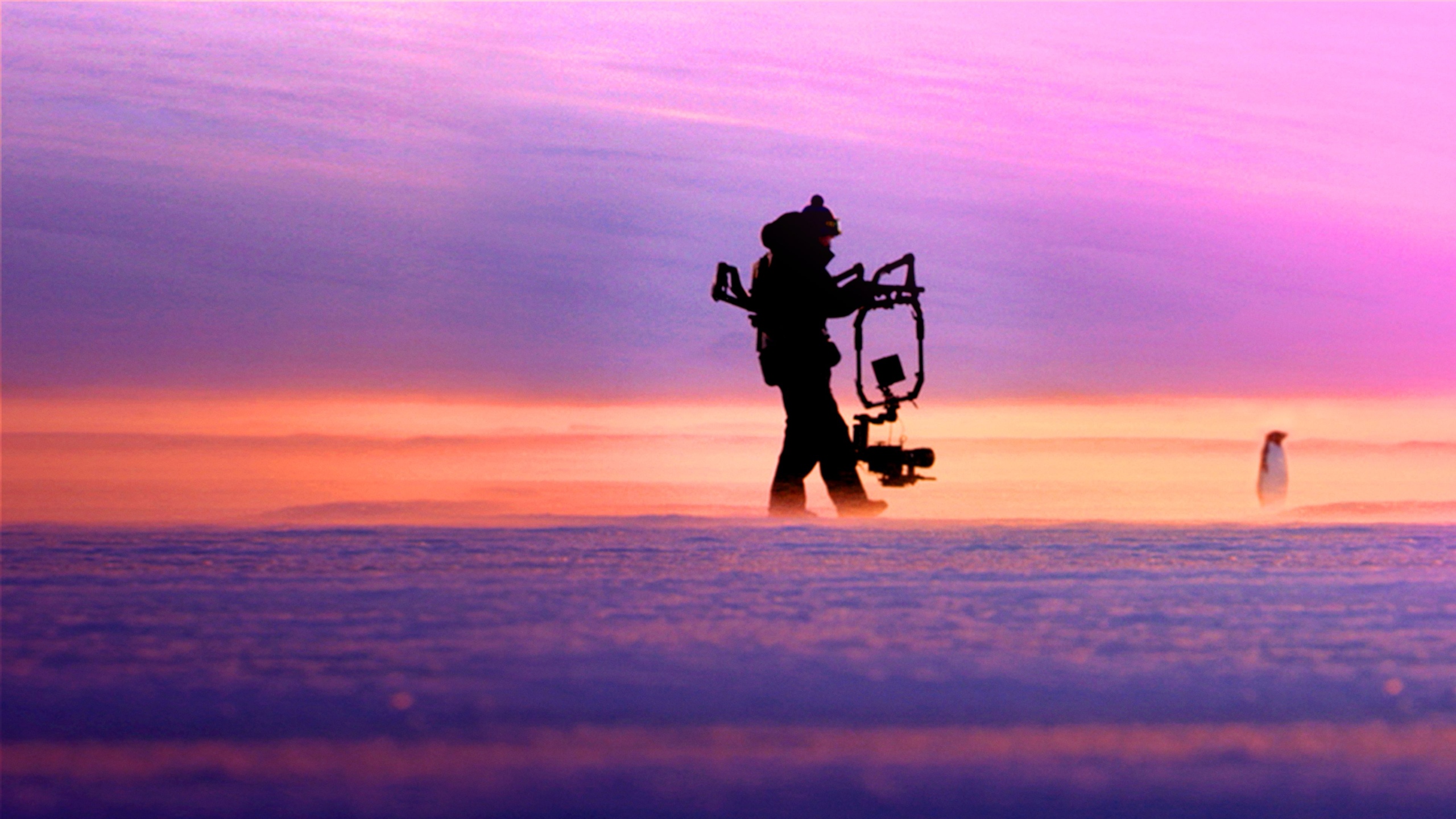
Cinematographer Mark Smith and director Jeff Wilson arrives in Cape Crozier ahead of the male Adelies’ journey to the nesting grounds in order to record the process of parenthood from the beginning. Due to their calculated arrival, Smith, Wilson, and their crew arrive in time to film. However, the scene is in the midst of one of the strongest winds they will encounter, providing their first challenge. Sadly, they are unable to continue filming due to safety precautions. As narrator Blair Underwood adds, “Caught out in the open, these are potentially lethal conditions.” Luckily, the crew makes it safely back to their camp.
They began their second trial the next morning, which was strangely calm as if there had never been such wind. Throughout the documentary, two separate penguin colonies are shot by three different camera crews seasonally. As one crew shoots the colony located in Cape Crozier, another sets for another part of the continent where the French research base, Dumont d’Urville, is located. In this crew, underwater cinematographer Didier Noirot makes another appearance to film the penguin colony along with filmmakers Max Hug-Williams and Rolf Steinmann. With camera equipment meant for Hollywood sets, they find that filming in such a different climate creates difficulties that can only be found in Antarctica. Capturing stable shots is one of the major problems in filming as the winds and the snow make it impossible.
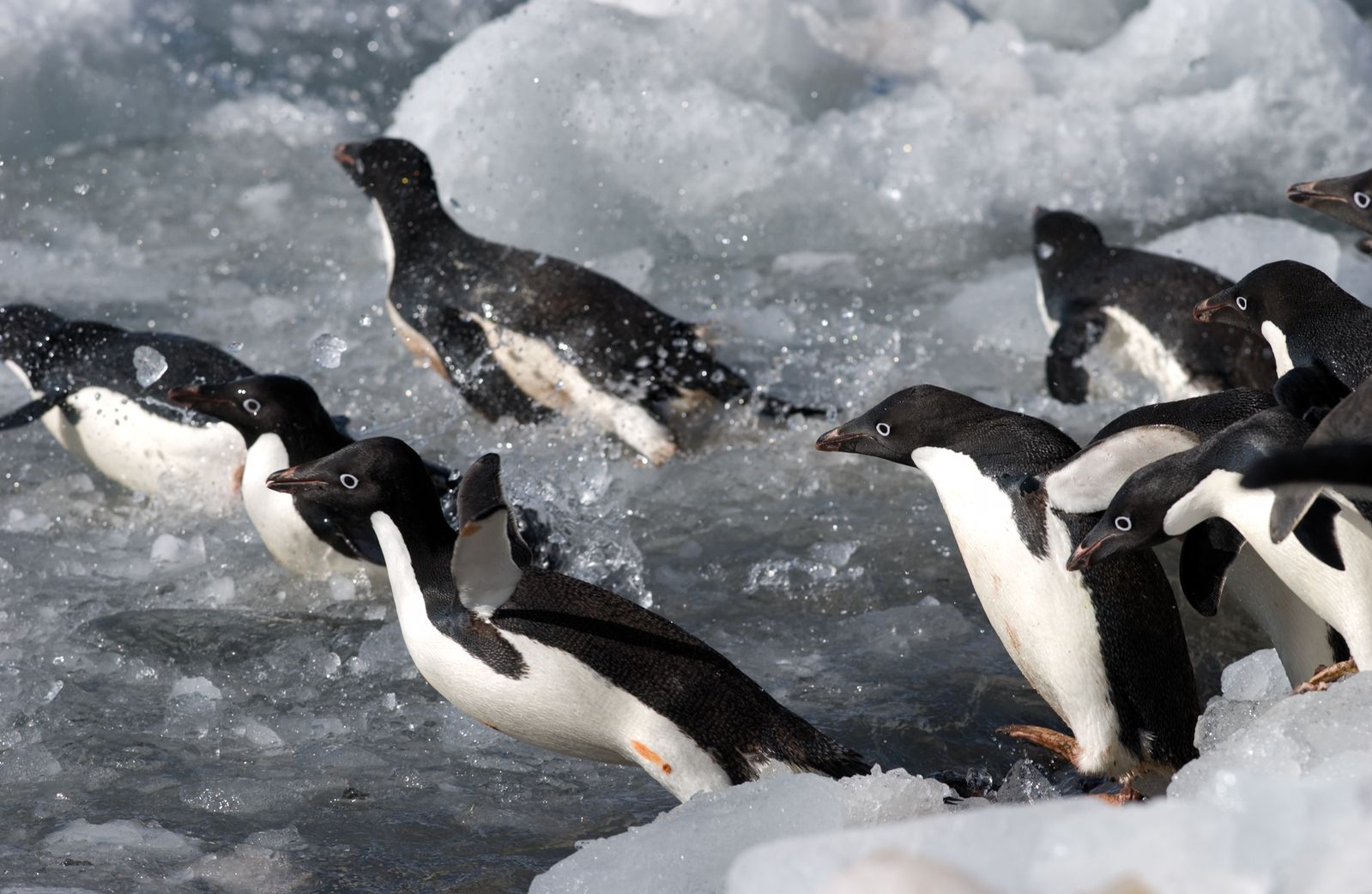
In addition, two different crews mean two different Steves. Both crews find the stars of their films as penguins show off their vibrant and comedic personalities. Just like professionals, the chosen Adelie penguins perform and play for the cameras. Max Hug-Williams described their behavior as “caffeinated, little bundles of energy.” Their interactions with the nearby Emperor penguins also provided a great opportunity for the film as the two colonies collided. For months, the crew and the penguins continued on a journey for months in perfecting this precious documentary. Overall, the behind-the-scenes documentary provided so much more emotion and hard work than how easy it seemed in the original release of Penguins.
Born In China
In 2016, another Office actor was given the role of narrator as John Krasinski voiced the storyline for Disneynature’s Born In China. With a remarkable accompanying soundtrack, Krasinski provides the wonderfully dramatic narration that introduces the three animal species native to China’s natural terrains. The snow leopard and her cubs, the golden monkey, and the iconic panda and her cub are the heart of this film, taking us to the parts of China we are unfamiliar with. Because of the vast range within these three families, Born In China took Disneynature’s films to the next level.
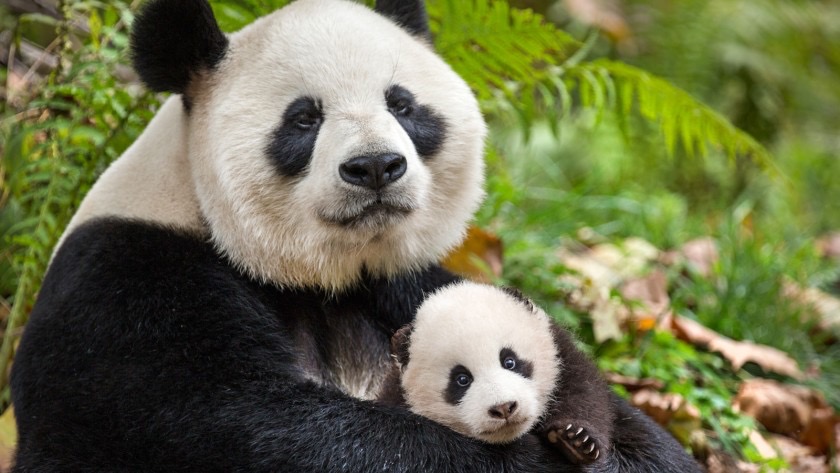
The documentary begins with a spotlight on Dawa, the snow leopard. Dawa’s instincts for survival make her one of the main predators in the terrestrial habitat. However, her aggressive behavior is uncovered as her maternal instinct, because she looks over her newly born cubs. Facing the challenges of finding food and fighting off those who intrude her territory become her biggest battles. Then, the focus shifts from Dawa’s hunting grounds to the Sichuan mountain valleys, the home of golden snub-nose monkeys. As John Krasinski states, “Monkeys have long been figures of rebellion and mischief in Chinese folk tales.”
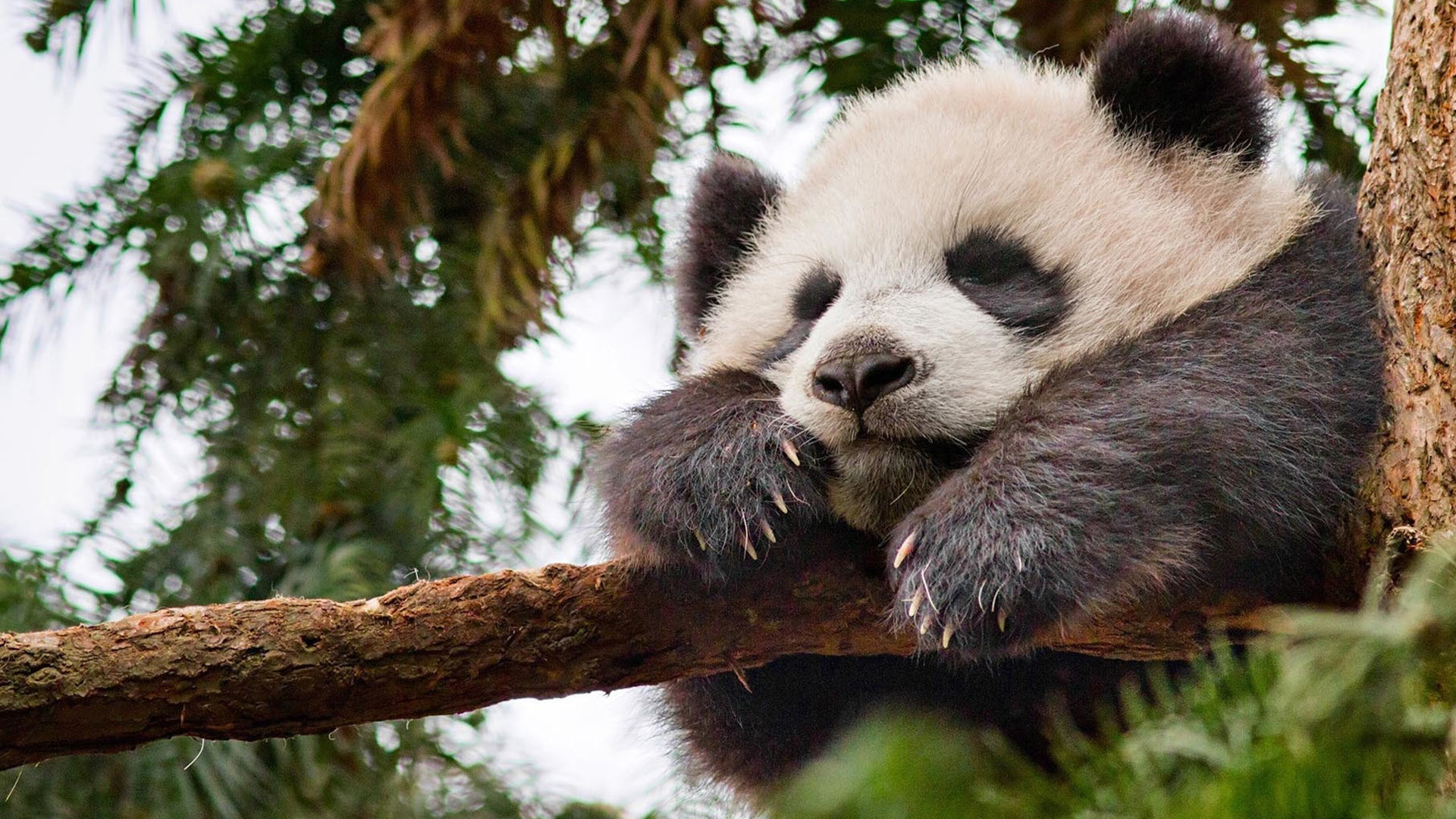
This statement provides a great transition in introducing TaoTao, the two-year-old star amongst this family of monkeys. His reliance on his parents for affection in this story-line was stolen by his new baby sister, who requires all of the attention from the mothers of the clan. In result to this, TaoTao feels neglected, and acts more mischievous as an outlet. Lastly, the camera leaves TaoTao to film YaYa, a giant panda. YaYa and her cub contrast TaoTao’s way of life in a peaceful bamboo forest, living a simple, yet satisfying life.
Throughout the documentary, YaYa fulfills her responsibilities and motherly roles to help her daughter, MeiMei, growing into a healthy adult panda. Overall, watching this film gives another perspective to the animal species in China. More specifically, the documentary shows a beautiful cycle of growth in a series of families who long to protect and teach their children for the sake of their future.
Bears
In 2014, Disneynature initially released the documentary, Bears in Germany. Alastair Fothergill’s direction took place in yet another iconic nature documentary narrated by the infamous John C. Reily. As family seems to be a recurring theme, the stars in this film are a family of Alaskan brown bears.
The pair of cubs, Scout and Amber were born from Sky. Following the intimate bonding between the mother and her cubs, they leave their winter den in order to survive the spring and summer. During this seasonal trip, Sky tries her best to teach her cubs how to search for food and water, and how to protect themselves against predators. And, like a circle, the year passes quickly, and it becomes winter once again, prompting Sky and her cubs to return to their den to hibernate.
Monkey Kingdom
Speaking of monkeys, Disneynature brought monkeys to the big screens in the following movies, Monkey Kingdom and Chimpanzee. Released in 2015, Monkey Kingdom was the eighth documentary released from the Disneynature studios. From the jungles of Polonnaruwa, we find ourselves taking a closer look at another family of monkeys living in Sri Lanka.
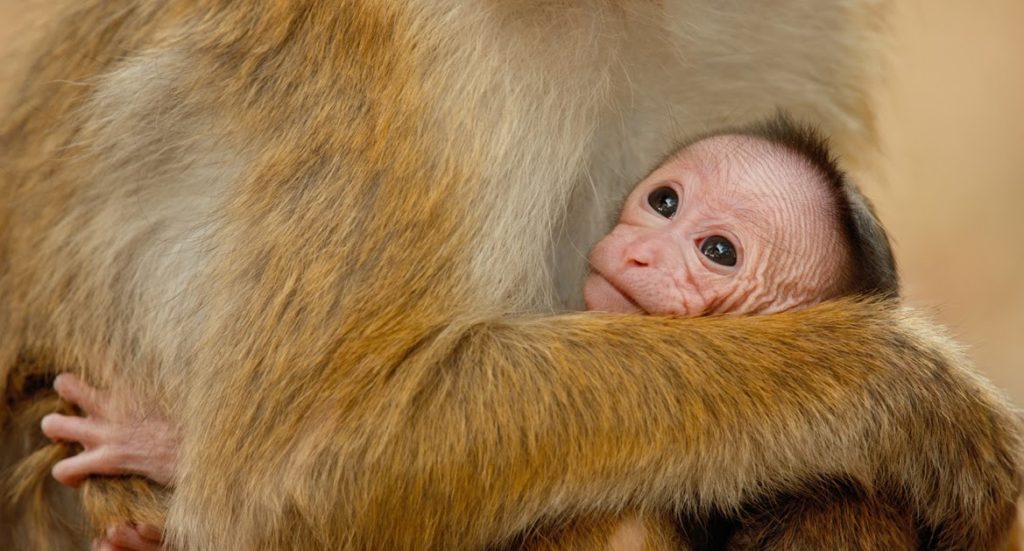
With Tina Fey’s narration, the main toque macaque monkey, Maya, finds herself in the complex relationships between her family, her love interests, and her newly born son. The intense love triangle within Maya and her two love interests, Kumar and Rajah, stir tension within the kingdom in competition for Maya’s heart and acceptance in the family. As the film climaxes, what seems like a playful group of monkeys fight for supremacy, ultimately finding compromise and peace amongst themselves.
Chimpanzee
However, before Monkey Kingdom, chimpanzees were the stars in this 2012 documentary. Tim Allen’s work with Disney extended to the narration of Chimpanzee, bringing his unique voice to our screens in a whole new way. Similar to the other films mentioned before, the young main character of this documentary is Oscar, a chimpanzee who plays in the rainforests of Africa.
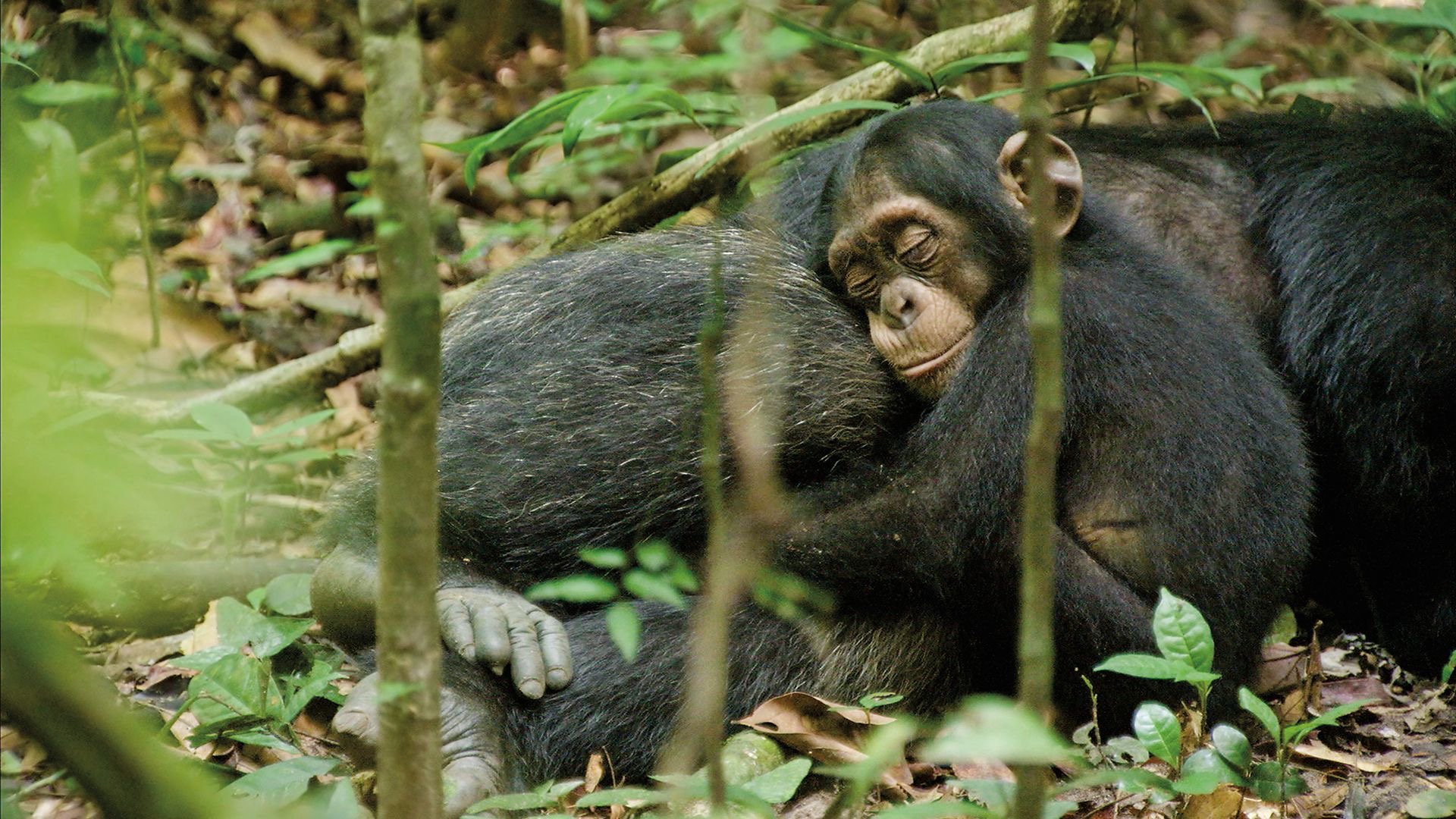
In the film, it is obvious that chimpanzees, like Oscar, are preoccupied with the busy lives they lead. As a young chimp still learning the necessary skills for survival; Oscar’s mother, Isha, strives to protect her son in the dangers of the predators that surround them. Unfortunately, an attack from predators, Isha was forced to split paths with her son. In this untimely event, the young chimpanzee looks to other female chimpanzees for the missing maternal figure in his life. However, as the other females have their own to raise, Oscar is left in desperation. In hopes for acceptance, he looks to the alpha male of his clan, Freddy. Therefore, this film depicts an unlikely friendship within a group, creating a heartwarming happy ending.
African Cats
African Cats was the sixth film released in the vast world of Disneynature, which combined the charisma of lions and cheetahs together in a wondrous piece. Narrated by Samuel L. Jackson, we are given a glimpse into the African savannah to watch two separate feline families in their endeavors. The lion family consists of the young cub Mara, her four siblings, their mother Layla, and the alpha male, Fang. As the leader, Fang’s role in guiding his family is crucial in their survival.
However, as the film continues on, the pride is faced with their rival, Kali, who plans on intruding. Knowing that he would not be successful on his own, Kali soon brings his four sons in an attempt to attack. In a shocking turn of events, Fang retreats to save himself, leaving the lionesses on their own. Layla, knowing that she must protect her cubs, bravely stands up against Kali’s harassment. Although she wins the fight and successfully protects her young, she is critically injured and knows that she soon will die. Leaving her cubs in the safety of another lioness, she knows that she has done all she can.
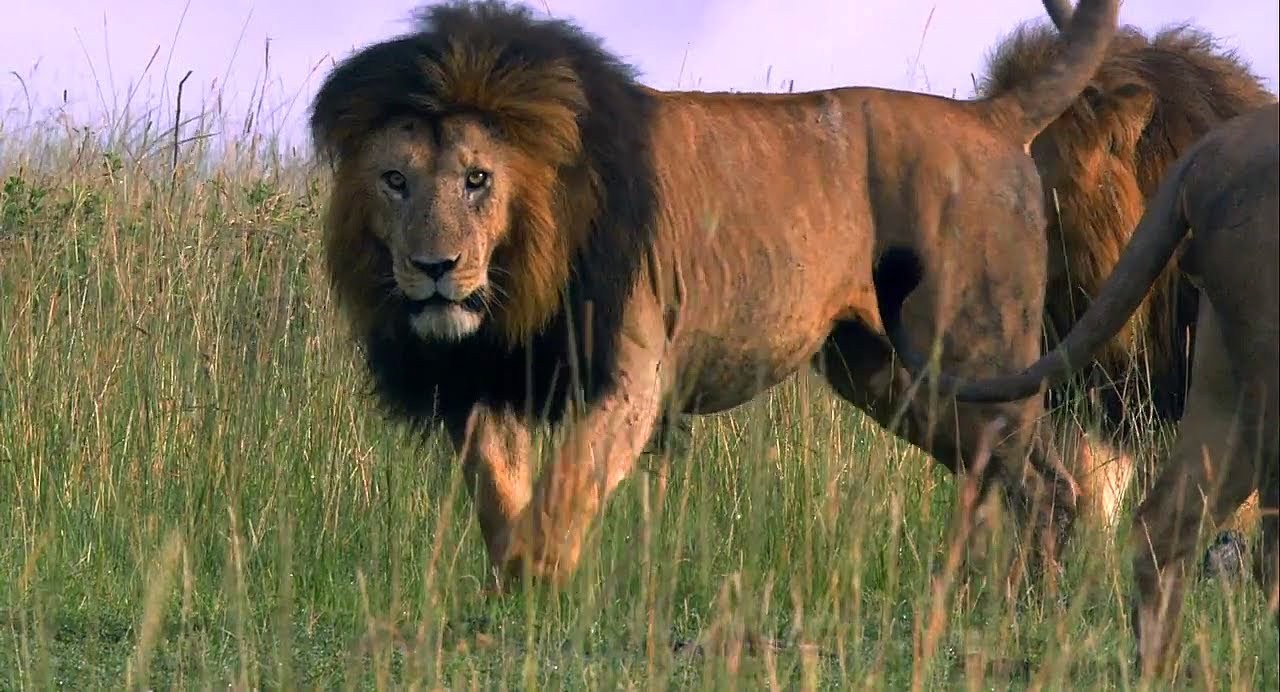
However, Layla is not the only one harassed by Kali and his sons in the savannah. Sita, a mother in her cheetah family, must also protect her own from their attempts. Along with other cheetahs, she and her five cubs are in danger of Kali’s aggression during the majority of the documentary. And, in result, her cubs separate, only to return to Sita as three. As Jackson describes, it is clear that two were killed. As a mother, she continues on to train and protect the remaining three, who quickly learn her lessons of defense.
Over time, they begin to mature and show Sita their courage in becoming adult cats. In these two families sharing the African savannah, Layla and Sita remain examples of great motherhood and their significant roles in the lives of their children. With Mother’s Day shortly arriving, this documentary is lovely to watch as a grateful reminder of all our mothers do for us.
Wings Of Life
Wings Of Life, filmed nine years ago, is perhaps my favorite documentary from the Disneynature studios. The film features a display of wings from butterflies, bats, birds, and bees, showing the public the active role these creatures play in the delicate balance between pollinators and plants. In an enchanting feature with Meryl Streep’s narration, Disneynature emphasizes the smallest, but most significant action that is hidden from our eyes. Although it seems to be forgotten, this role of life determines the flow of our daily lives. To describe this relationship, it best portrays an intimate love story that supports the growth of life, the reproduction of every living thing.
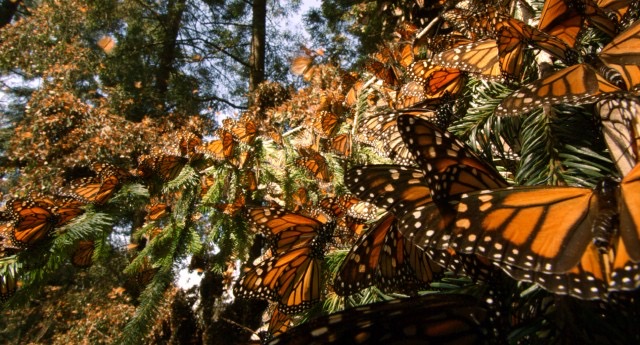
Meryl Streep’s voice fits perfectly as the film depicts her first-person narration as a flower. Flowers are known as a symbol of beauty in their blooms, admired for their delicate looks. However, as Streep states, “Beauty is our strategy.” They are shown to be underestimated for their roles, despite the fact that they hold one of the most important jobs in nature. Flowers create their relationships with winged pollinators by seducing them with both color and scent. Nonetheless, the winged creatures that hold their side of the relationship are equally important, which is why they are clearly the “wings of life.” Streep also describes the creatures’ role by stating, “The constant motion of life makes love connections possible.” As the plot develops, the film reveals the story-lines between multiple relationships depicting the balance of flora and fauna.
The Crimson Wing: The Mystery Of The Flamingos
Lastly, Disneynature’s second released film is available on Disney+. The Crimson Wing: The Mystery Of The Flamingos was released from the studios in 2008, making Mariella Frostrup the second narrator after James Earl Jones’s narration in Earth earlier that year. However, as the first Disneynature film featuring a specific species, the lesser flamingos in Africa were chosen to reveal they’re true nature. The well-known pink birds depicted in this documentary live in northern Tanzania in Lake Natron. Their goal in this film is to reproduce and raise young flamingos to come of age in their natural habitat.
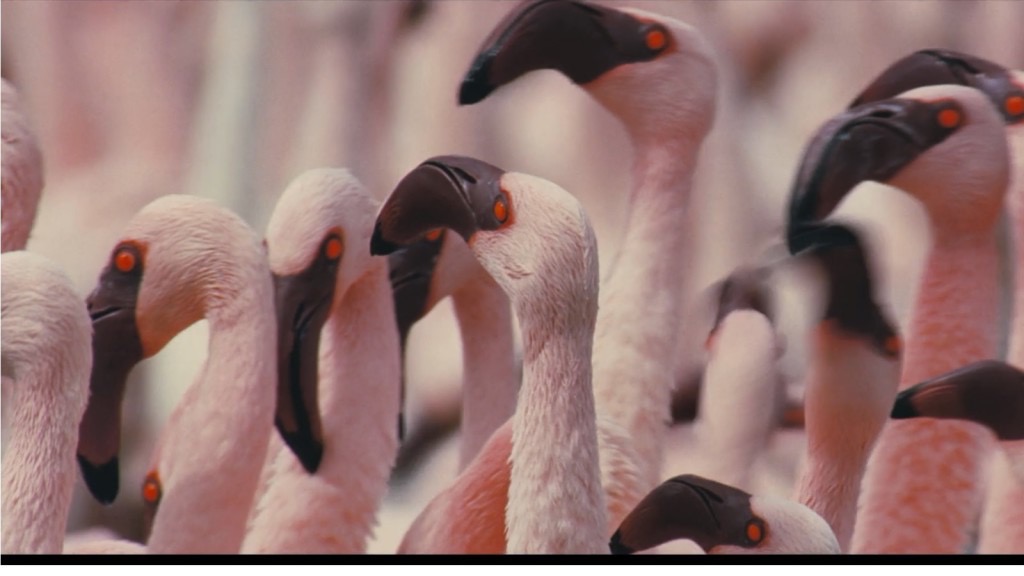
As always, the circle of life naturally attracts predators to these newly-born young, bringing both storks and hyenas to the scene. Although the flamingos were under attack, they were unhesitant in making a counterattack, revealing the true character of the flamingos. Furthermore, as the adults gave great examples as role models, the young were quick to adopt the characteristics they needed to grow into strong and capable adult flamingos. Therefore, Disneynature’s first feature film for flamingos was released.
A Love For Disneynature
Disneynature has brought multiple fascinating nature documentaries that have brought entertainment and education together in a new way for families to enjoy. By combining real shots of animal species to create informative and amusing story-lines, documentaries have been brought to another level.
In addition, the behind-the-scenes films, makes us appreciate the hard work and dedication of filmmakers and cinematographers to create the marvelous cinematic pieces we are given. Truly, fascination and admiration for our Earth and the life that inhabits is endless, especially with the exclusive looks Disneynature provides. For this reason, anticipation continues to grow for the next film they will release!
